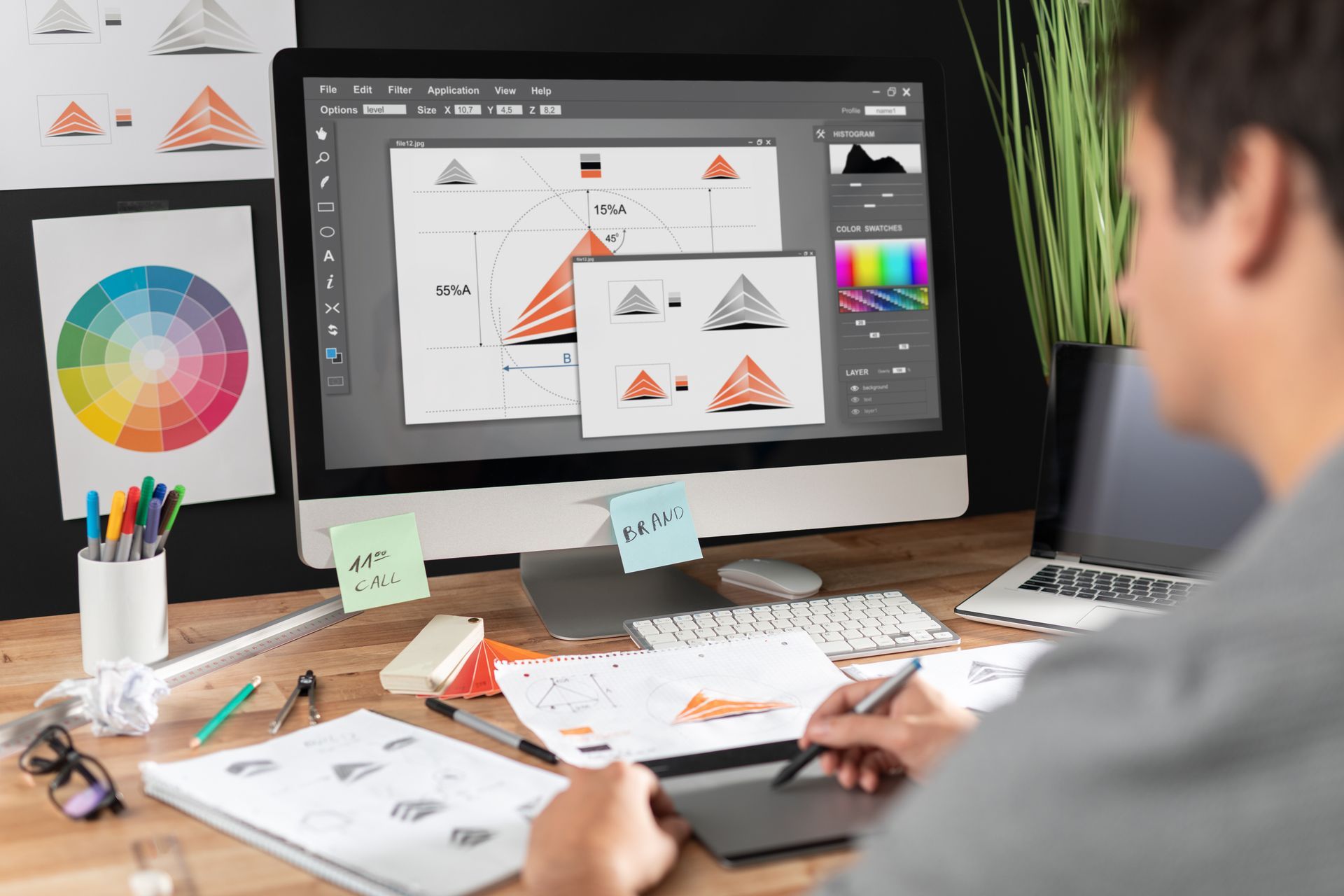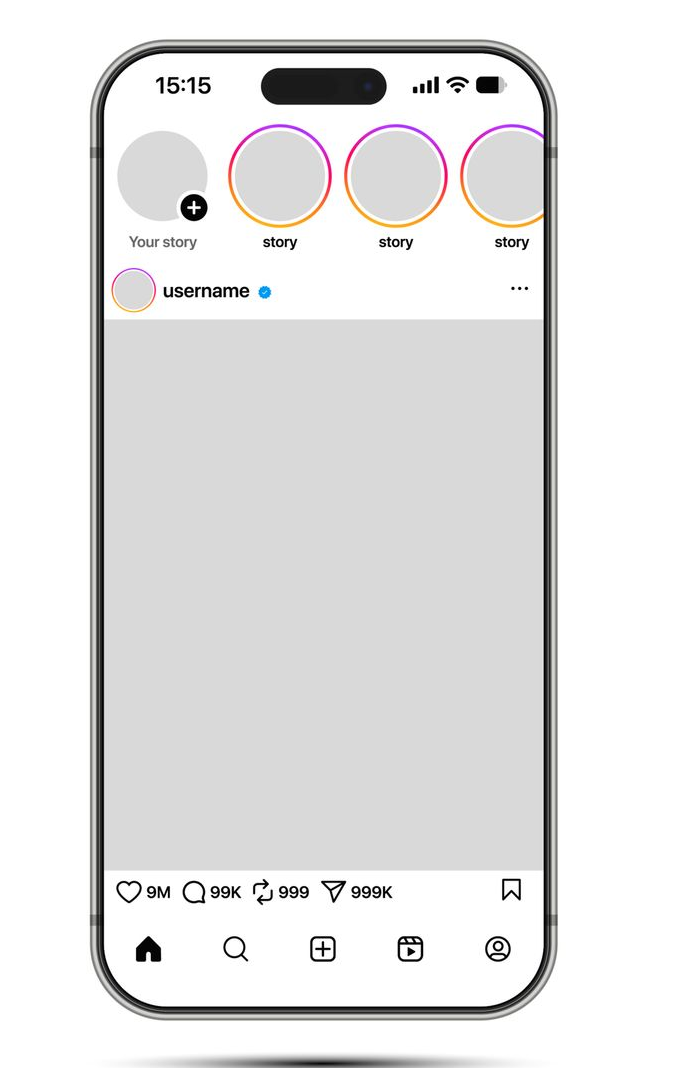Designing for Different Platforms: What Works on Social, Web, and Print
Have you ever noticed how a design that looks amazing on Instagram suddenly feels awkward on a website or completely off in print? That’s because every platform has its own language.
At Quantifi Media, we don’t believe in one-size-fits-all design. We believe in adaptability. Whether it’s a bold social post, a sleek website banner, or a timeless print piece, understanding what works on each platform is the secret to consistent engagement—and lasting brand impact.
Let’s break down what makes each platform tick and how you can design for performance, not just aesthetics.

1. Social Media: Design That Stops the Scroll
In the fast-paced world of social feeds, you have less than three seconds to make someone pause. That’s why social media design is all about punch, clarity, and emotion.
Here’s what works:
- Contrast is king: Bright colors, bold fonts, and movement grab attention instantly.
- Minimal text: Keep captions short and let the visuals do the heavy lifting.
- Visual consistency: Use the same filters, fonts, and tone across your posts to build recognition.
- Square or vertical formats: Design with mobile users in mind—because that’s where your audience lives.
Social design isn’t just about looking pretty—it’s about starting conversations, driving clicks, and creating shareable moments that connect.
2. Web Design: Clarity Converts
Your website is your digital storefront. It’s where first impressions become conversions. The best web design merges beauty with function, guiding users from curiosity to confidence.
What makes it work:
- Whitespace is your friend: It makes your content easier to read and your design feel more sophisticated.
- Readable typography: Choose fonts that look crisp on every device.
- Purposeful hierarchy: Headlines should pull people in, and CTAs should lead them to the next step.
- Speed and responsiveness: A stunning site means nothing if it loads slowly or breaks on mobile.
At Quantifi Media, we design websites that keep users exploring—lowering bounce rates while increasing engagement and trust.
3. Print Design: Where Tangibility Builds Trust
There’s something timeless about holding your brand in your hands. Print design transforms your message into something tangible—something that lasts long after a digital impression fades.
What to remember:
- High resolution and color accuracy: Always design in CMYK and 300 DPI for crystal-clear results.
- Paper matters: The texture, weight, and finish can elevate your message from standard to unforgettable.
- Attention to margins: Proper bleed and trim margins prevent design flaws during printing.
Print design is storytelling you can touch—and in a world dominated by screens, that’s powerful.
4. Brand Consistency: Your Visual Fingerprint
The key to great design across platforms isn’t uniformity—it’s unity. Your visuals should adapt while staying true to your identity.
To keep your brand consistent:
- Use a style guide that defines colors, fonts, and tone.
- Tailor the same message to each medium’s unique rhythm.
- Keep your logo placement and visual hierarchy familiar to your audience.
When your audience instantly recognizes your look and feel, they’re already halfway to trusting your brand.
5. The Data-Driven Edge: Design That Learns and Improves
Great design doesn’t end when it’s published. It’s refined through feedback, analytics, and performance data.
We track engagement across every platform—what posts get shared, what pages convert best, what print layouts resonate most—and use that insight to make every next design even better.
At Quantifi Media, design isn’t just about pixels and paper—it’s about psychology, precision, and purpose.
Conclusion: Design Smarter, Perform Stronger
When you understand the nuances of each platform, your visuals do more than fill space—they drive action. Social designs inspire engagement. Web visuals convert. Print designs make impressions that last.
At Quantifi Media, we specialize in creating cohesive, data-driven designs that adapt across every platform. Because great design doesn’t just look good—it performs.
Let’s design something that connects, converts, and keeps your audience coming back.
Share this blog!




